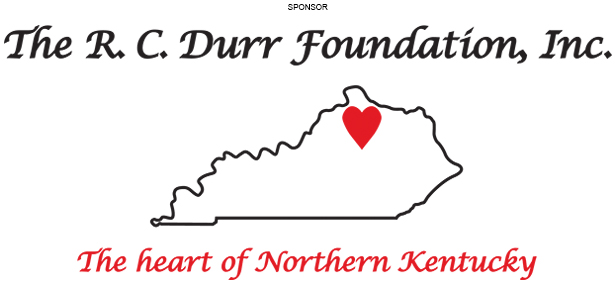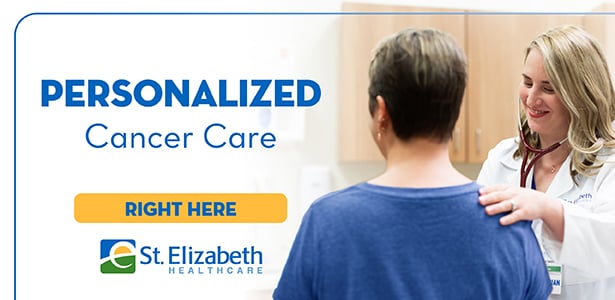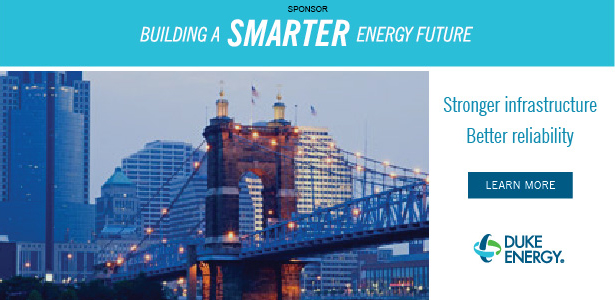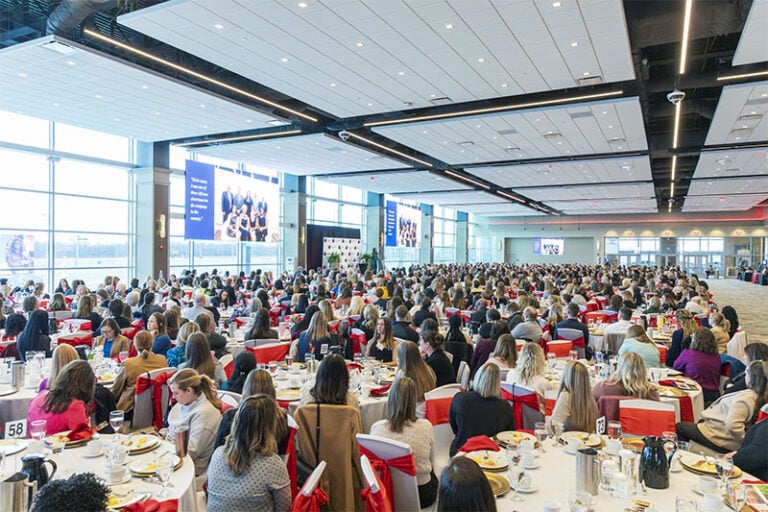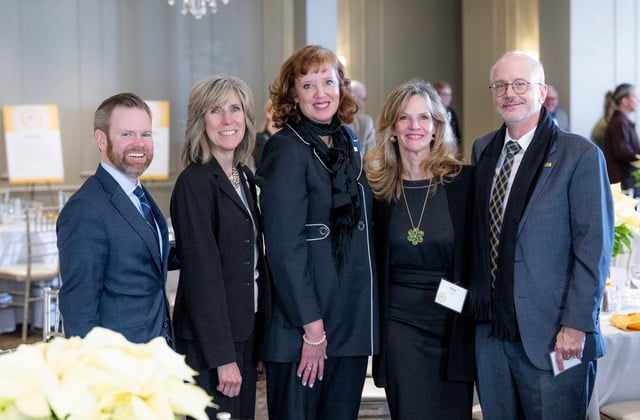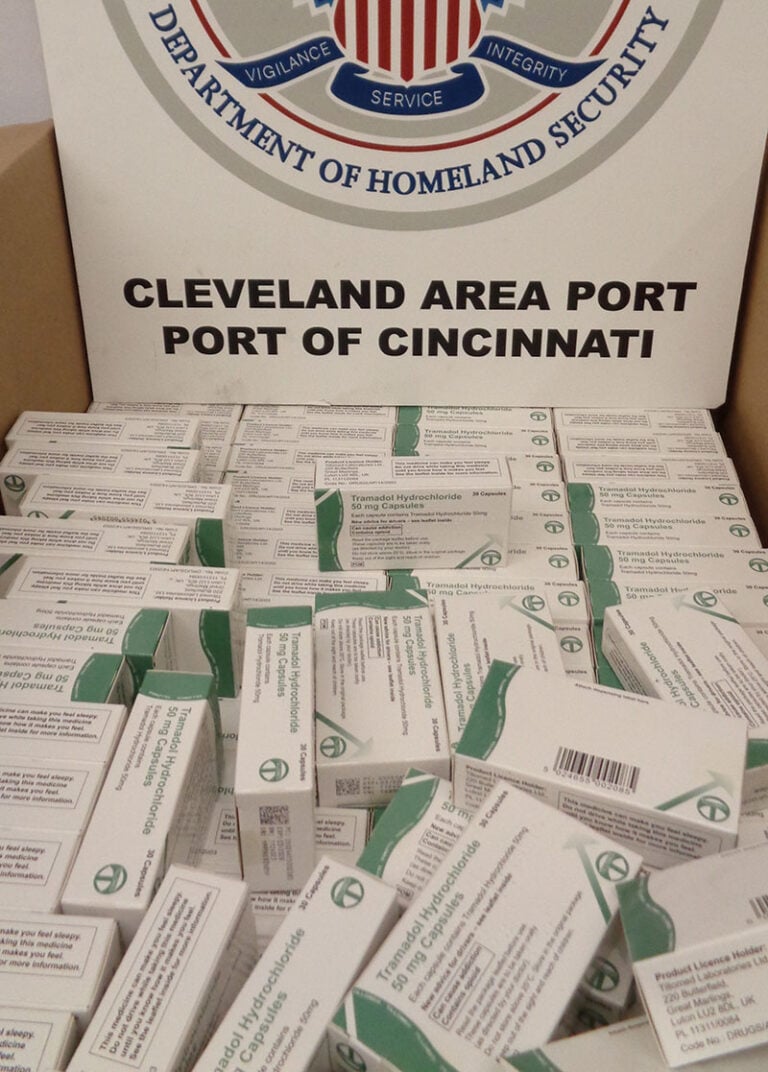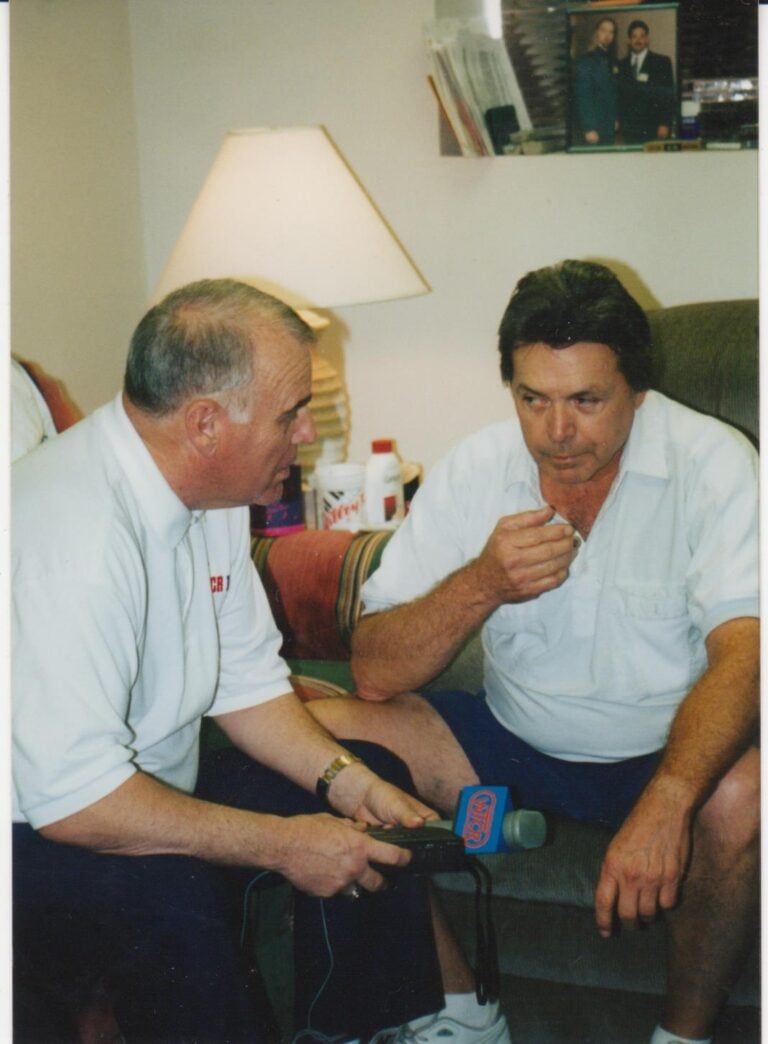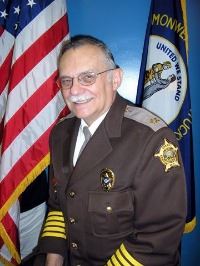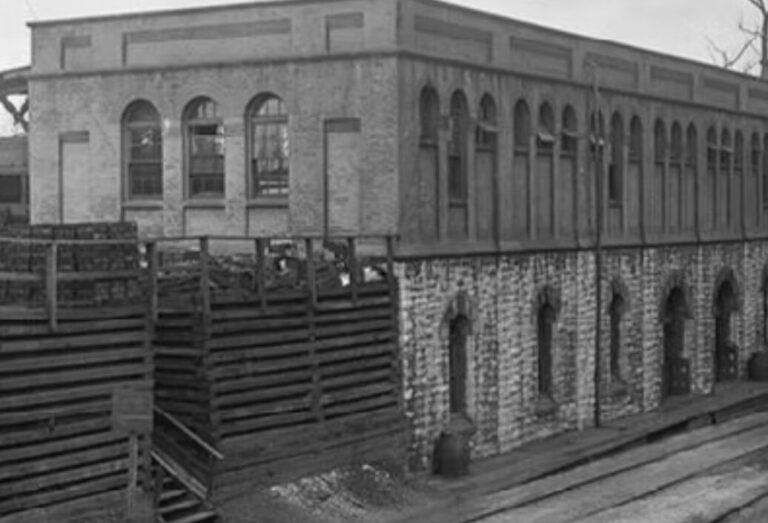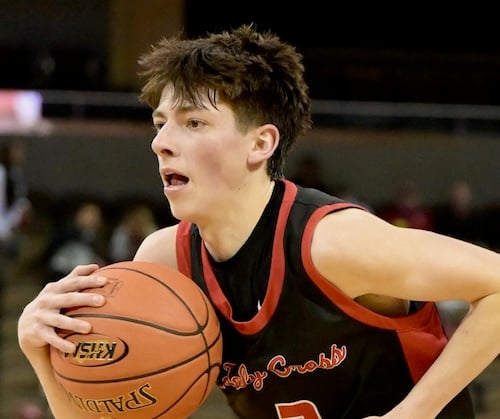The weather has started to turn cooler, and the Halloween season is upon us, when many of us pay good money to be chased by zombies and chainsaw-wielding teenagers, get lost in corn mazes, and ride on hay bales that seem to defy every law of physics and common sense.
Whether you’re braving a haunted house or hopping on a hayride, the thrills are real — but so are the risks.
Halloween thrills can quickly turn into spills and injuries. Haunted houses and hayrides are fun, but darkness, fog machines, and wild props mean guests can trip, slip, or get bonked by flying foam. Dim lighting and panic can lead to accidents and medical mishaps — so don’t run from zombies.

Every year, people are injured, sometimes seriously. On rare occasions, fatalities have occurred. So before you suit up as a zombie, walk thru a haunted house or hop on that wagon, here’s how to keep the scares fun and the injuries fictional.
Hayrides: Not just a bumpy ride
Hayrides are a beloved fall tradition, offering scenic views, crisp air, and the occasional pumpkin patch. But every year, these festive outings sometimes end in tragedy. Just last October, there were multiple incidents across the country, including two fatalities and several injuries. From runaway wagons to collisions with vehicles, the dangers are real — and often preventable.
Hayrides are largely unregulated, with safety standards varying wildly from state to state. Some states require inspections and safety measures, while others leave it up to local authorities — or in most cases no one at all.
Many of the wagons and trailers being used for hayrides are not road worthy or safely, let alone sturdy enough for a haunted hayride attraction. The driving record of the person operating the trailer or wagon has many times not been checked, and in rare cases drivers have been found under the influence. And any time you mix moving equipment, small children, and nighttime festivities, accidents can happen fast.
Safety tips for hayrides<:
• Choose wisely: Opt for hayrides run by reputable organizations that follow safety guidelines and have proper insurance.
• Stay seated: Resist the urge to jump on or off a moving wagon.
• Supervise kids: Keep an eye on little ones, especially during evening rides.
• Check the setup: Look for sturdy wagons, secure seating, and attentive staff. If the tractor looks like it’s held together by rope and duct tape, it may be best to skip that ride.
• Watch for traffic: Hayrides that cross or travel along roads are especially risky. Make sure there are spotters and clear signage.
Haunted Houses: Scaring you silly — and sometimes senseless)
Haunted houses are a popular attraction during the Halloween season, drawing in thrill-seekers of all ages looking for a good scare. Operators are experts in fear and will go all out with fog machines, strobe lights, and maze-like layouts designed to confuse and terrify. But sometimes, the line between fantasy and reality gets a little too blurry.
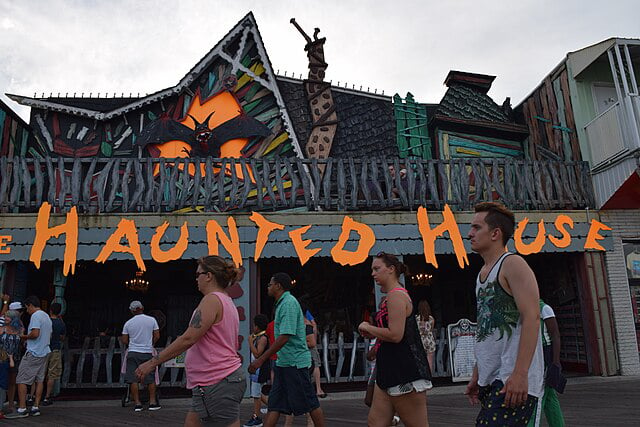
They have become a staple of Halloween, enticing people of all ages who crave a good fright. But Haunted houses are experts at scaring people, but not always at keeping them safe. Hounted attractions are always dark, which is all part of the experience. But when you mix in dim lightning in fog machines, power cords, or sudden loud noises, and you’ve got guests moving fast with limited awareness and often time fueled by the flight of fear, risks increase. Often times the chaos can cause guests to trip over a prop bases, run into stationary objects, trip over elevated surfaces or slip on a wet floor near an outdoor entrance.
Moving sets, spinning props, spring-loaded elements, or poorly secured decorations can be dangerous. If something flies out, falls, or breaks when a guest is nearby, you could be looking at serious injury. Even soft foam props can cause problems if they suddenly strike someone in the dark.
The key point to remember is that many of these haunted attractions are being run by teenage volunteers with limited safety training, often times with very little supervision.
Knowing all these variables can help you plan smarter and prepare better to prevent an accident. It’s not about watering down the scare factor. It’s about making sure everyone, from guests to actors, is safe from preventable mishaps.
Sometimes temporary haunted houses can pop up and disappear before local officials have a chance to inspect them. Fire marshals and code enforcement may not even know they exist until it’s too late. Many haunted houses are designed to be confusing, with maze-like corridors, loud noises, and reduced lighting. In the event of a fire or emergency, guests may struggle to find the nearest exit — especially if they think the smoke is just part of the show.
 Keven Moore works in risk management services. He has a bachelor’s degree from the University of Kentucky, a master’s from Eastern Kentucky University and 25-plus years of experience in the safety and insurance profession. He is also an expert witness. He lives in Lexington with his family and works out of both Lexington and Northern Kentucky. Keven can be reached at kmoore@higusa.com
Keven Moore works in risk management services. He has a bachelor’s degree from the University of Kentucky, a master’s from Eastern Kentucky University and 25-plus years of experience in the safety and insurance profession. He is also an expert witness. He lives in Lexington with his family and works out of both Lexington and Northern Kentucky. Keven can be reached at kmoore@higusa.comSafety tips for haunted houses:
• Know your exits: Before you enter, locate all exits. If you get lost, remember: zombies don’t usually block fire escapes.
• Stick together: Go with friends and keep track of each other. If someone disappears, don’t assume they’ve joined the undead.
• Don’t run: It’s tempting to sprint away from a chainsaw-wielding actor, but running increases your risk of tripping or colliding with others.
• Dress smart: Wear comfortable shoes and avoid costumes that drag on the ground. Capes are for superheroes, and they’re trip hazards.
• Check for inspections: Legitimate haunted houses should have passed fire and safety inspections. If in doubt, ask the staff.
• Watch out for props: Some haunted houses use real tools and props. If it looks sharp, don’t touch it.
Homeowners: Don’t let your house become the real horror
If you’re hosting trick-or-treaters or a Halloween party, remember: what makes Halloween fun can also make it dangerous. As a homeowner, you’re responsible for the safety of your guests — and potentially liable for accidents.
Safety tips for homeowners:
• Light it up: Illuminate walkways and steps to prevent trips and falls.
• Clear hazards: Remove hoses, toys, and garden tools from paths.
• Candle caution: Use battery-powered lights instead of candles in pumpkins and decorations.
• Pet patrol: Keep pets away from the front door to avoid bites or escapes.
• Insurance check: Make sure your homeowner’s policy covers Halloween mishaps.
Let’s face it, Halloween is the only time of year when adults can scream in public, children can eat their body weight in sugar, and everyone pretends not to be afraid of clowns. But remember, the only thing scarier than a haunted house is a lawsuit from the parent of a trick-or-treater who tripped over your inflatable ghost.
As you venture out this Halloween, keep your wits about you, your shoelaces tied, and your flashlight handy. If you find yourself running from a zombie, remember: they’re probably just a bored teenager in makeup. And if you survive the hayride, haunted house, and candy binge, congratulations — you’ve truly conquered Halloween.
Be Safe My Friends.







